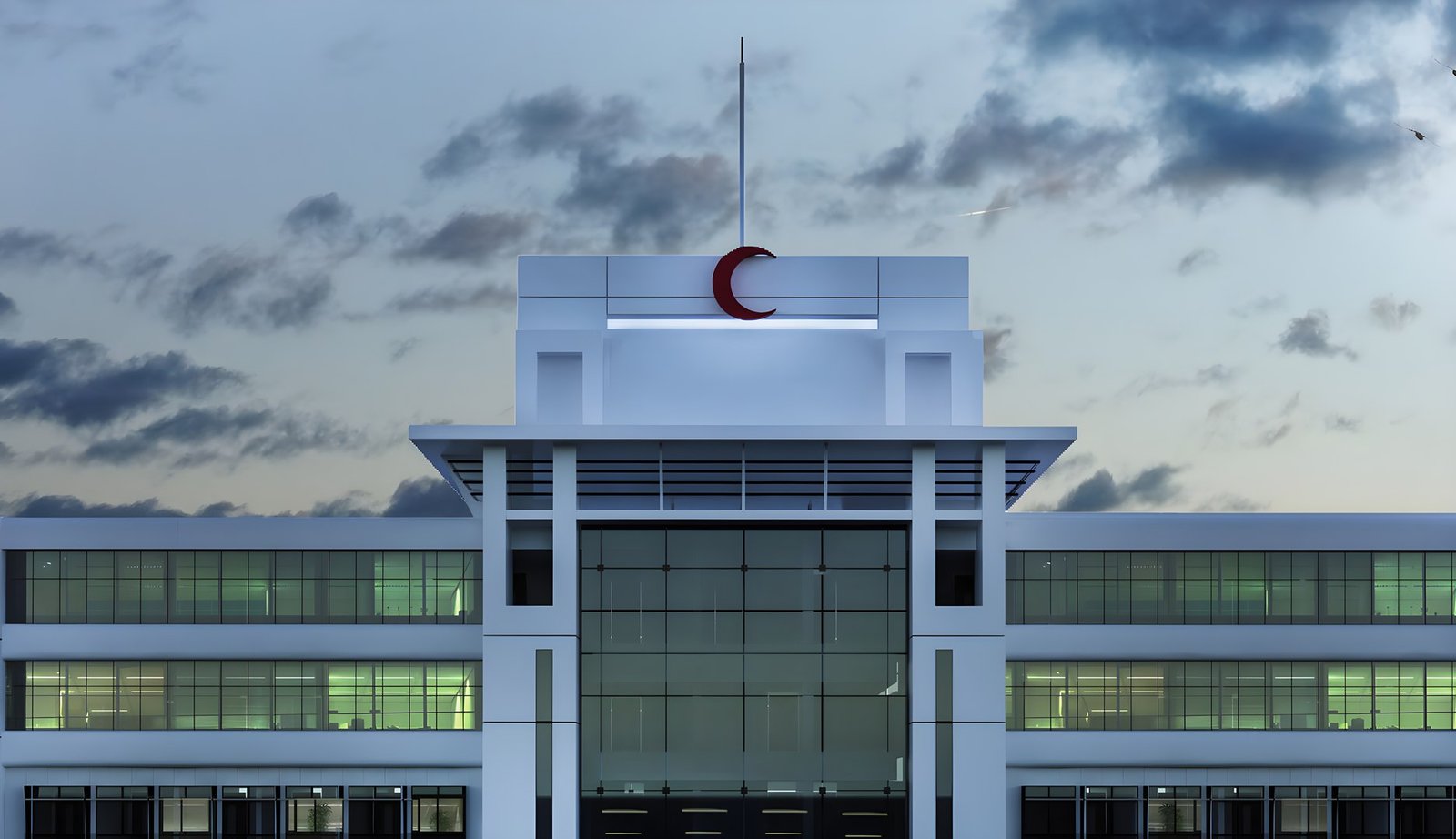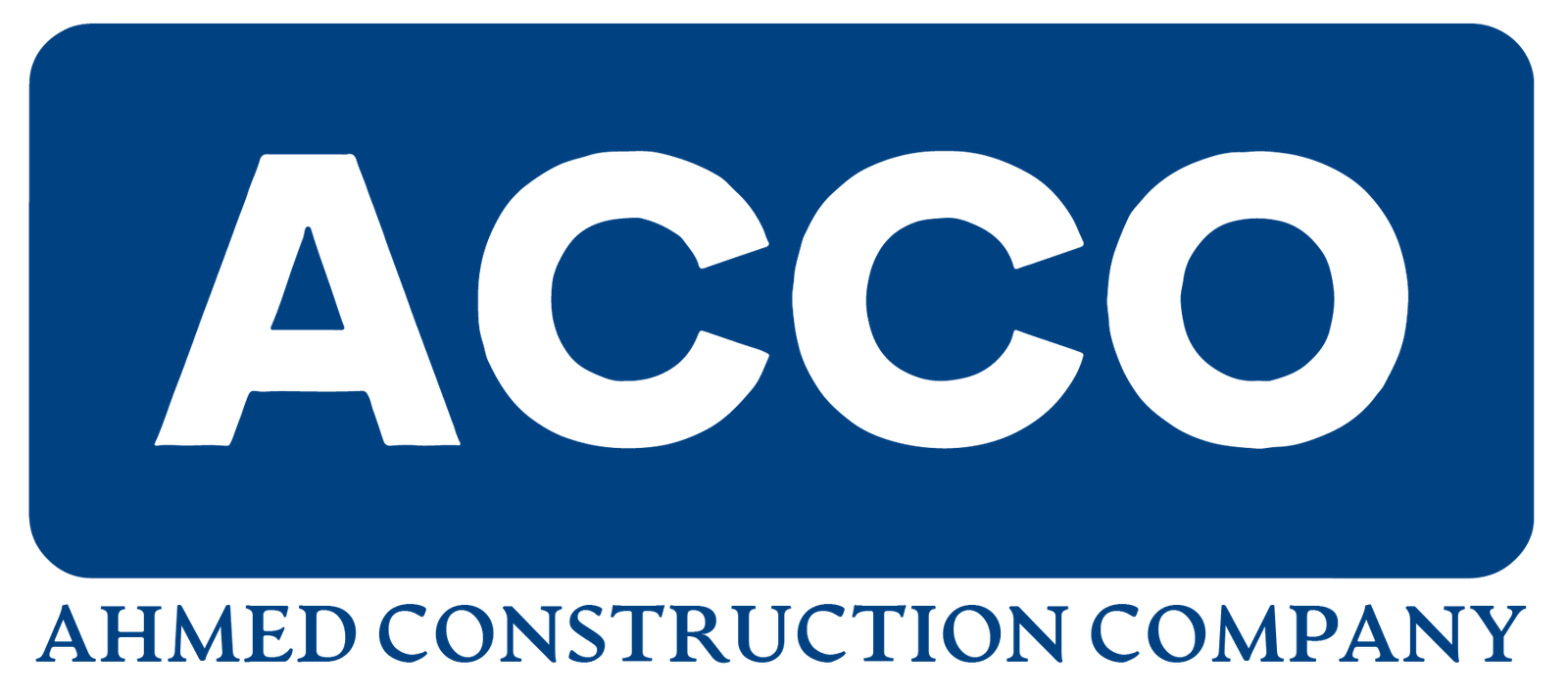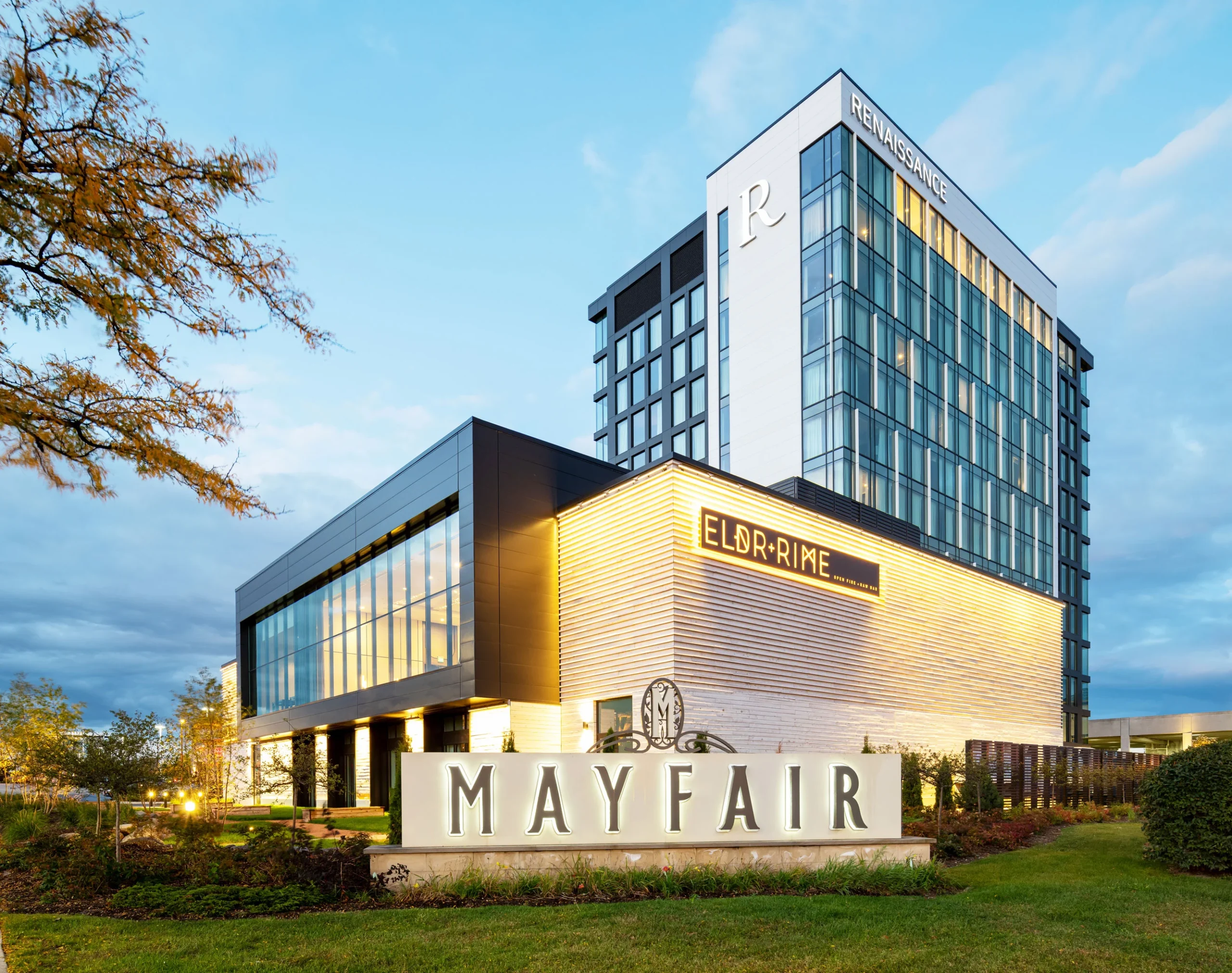
ACCO Why Modern Hospital Design in Pakistan is Essential for Better Patient Care
Why Modern Hospital Design in Pakistan is Essential for Better Patient Care
The design of a hospital plays a crucial role in shaping the quality of patient care. In Pakistan, where the healthcare sector is evolving rapidly, modern hospital design is becoming increasingly essential. Here’s why investing in contemporary hospital design is vital for improving patient care in the country.
1. Enhanced Patient Outcomes
a. Healing Environments: Modern hospital design focuses on creating environments that promote healing and recovery. Elements such as natural light, ventilation, and access to outdoor views have been shown to reduce stress and improve overall patient well-being. Research indicates that these design aspects can lead to shorter hospital stays and better health outcomes.
b. Infection Control: Advanced design strategies in modern hospitals help in controlling and preventing infections. Features like touchless fixtures, high-efficiency ventilation systems, and antimicrobial surfaces reduce the risk of healthcare-associated infections (HAIs), which are critical in improving patient safety.
2. Improved Operational Efficiency
a. Streamlined Workflow: Modern hospital layouts are designed to optimize workflow and reduce bottlenecks. By strategically placing departments and services, hospitals can improve efficiency in patient management, reduce wait times, and enhance coordination among medical staff.
b. Technology Integration: Incorporating the latest technology into hospital design allows for more efficient operations. Electronic health records (EHRs), telemedicine facilities, and automated systems streamline administrative tasks, improve communication, and support better decision-making.
3. Patient-Centric Design
a. Comfort and Privacy: Modern hospitals prioritize patient comfort and privacy through thoughtful design. Private rooms, comfortable waiting areas, and spaces for family members contribute to a more positive experience for patients and their families. This focus on comfort can ease anxiety and improve patient satisfaction.
b. Accessibility and Inclusivity: Contemporary hospital designs emphasize accessibility for all patients, including those with disabilities. Features like wheelchair ramps, wide corridors, and accessible restrooms ensure that the hospital environment is welcoming and accommodating for everyone.
4. Sustainability and Cost Efficiency
a. Energy Efficiency: Modern hospitals incorporate energy-efficient systems such as LED lighting, high-performance HVAC systems, and renewable energy sources. These technologies not only reduce operational costs but also contribute to a more sustainable healthcare system.
b. Resource Management: Efficient use of resources, including water and materials, is a hallmark of modern hospital design. Features like water-saving fixtures and waste reduction systems support environmental sustainability and lower operational expenses.
5. Enhanced Patient Safety
a. Safety Features: Modern hospital designs integrate advanced safety features such as clear signage, well-lit pathways, and non-slip flooring to prevent accidents and ensure patient safety. The incorporation of these elements helps in reducing the likelihood of falls and other safety incidents.
b. Emergency Preparedness: Modern hospitals are designed to be resilient in the face of emergencies. This includes features like easily accessible emergency exits, robust fire safety systems, and flexible layouts that can accommodate emergency scenarios effectively.
6. Support for Medical Staff
a. Efficient Workspaces: The design of modern hospitals also considers the needs of medical staff. Well-designed workspaces, staff lounges, and efficient communication systems contribute to a better working environment, which can enhance staff performance and satisfaction.
b. Training and Collaboration: Modern hospital designs facilitate training and collaboration among medical professionals. Dedicated spaces for education, meetings, and interdisciplinary teamwork support ongoing learning and improve the overall quality of care.
Conclusion
Modern hospital design is essential for enhancing patient care in Pakistan by creating environments that promote healing, improve operational efficiency, and support both patients and medical staff. As the healthcare sector continues to grow, adopting contemporary design principles will be crucial in delivering high-quality care and achieving better health outcomes. By investing in modern hospital design, Pakistan can ensure that its healthcare facilities are equipped to meet the needs of today’s patients while paving the way for a healthier future.
4o mini



